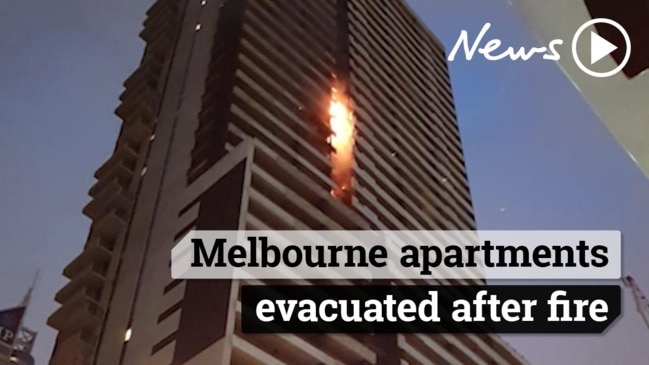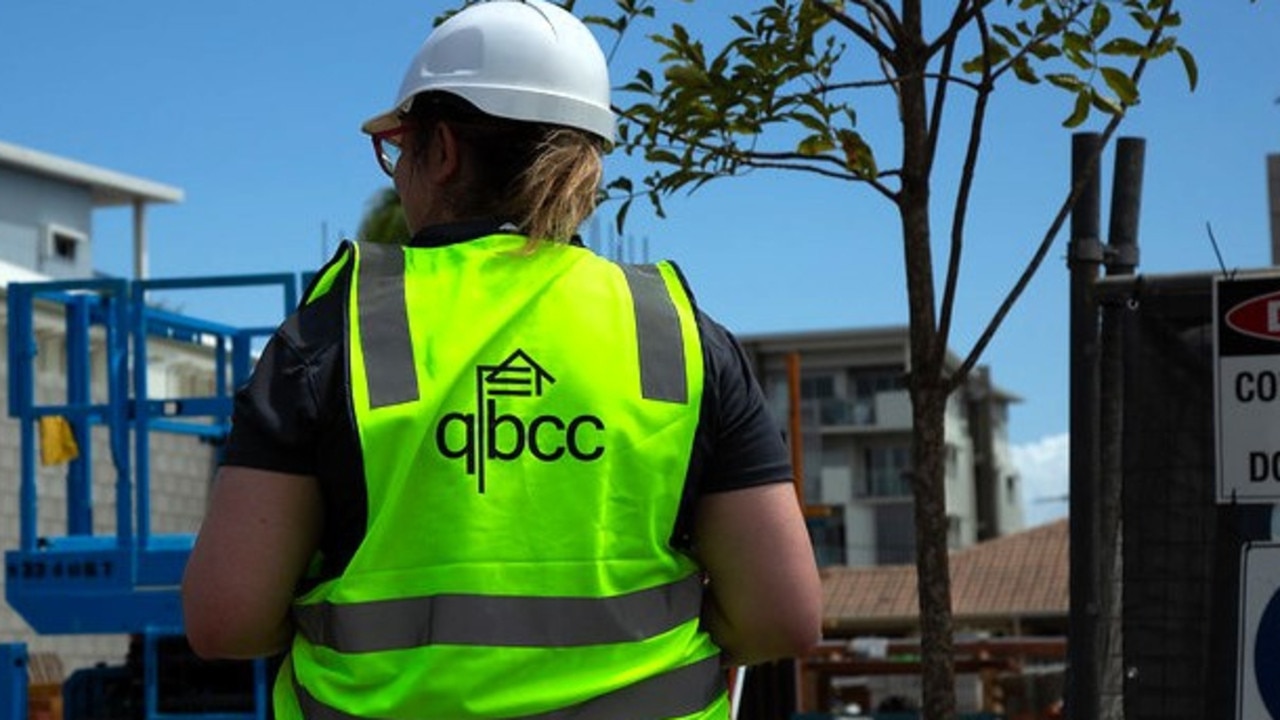Number of Queensland buildings with potentially combustible cladding to be known by August 1
Regulators will know by August 1 the number of Queensland buildings with potentially combustible cladding. Experts say the clean-up bill could reach $200 million.

QLD Business
Don't miss out on the headlines from QLD Business. Followed categories will be added to My News.
THE number of buildings in Queensland containing potentially combustible cladding should be known as early as next week.
It has been already estimated by industry experts that up to 100 buildings across the state could be found to contain the hazardous cladding, potentially costing $200 million to rectify.
More than 20,000 buildings have been registered online with the Queensland Building and Construction Commission (QBCC) as part of the State Government’s efforts to remove flammable cladding from residential apartment buildings and office blocks in the wake of London’s Grenfell Tower fire tragedy, which claimed 72 lives in 2017.
Building owners and managers required to respond to new combustible cladding regulations have until the end of the month to complete stage two of the compliance process.
Strata Community Association (Qld) president Simon Barnard said it was “a bit too early” to know what the full impact of the issue will be in Queensland.
“The government chose to do inspections of all government buildings first and then waited two years to put in the process that we’re now undertaking with a review of all private buildings in Queensland,” he said.
“We’ve completed stage one of that process and stage two of that process ends on July 31.
“So on August 1 we should be well and truly be in the position to know which buildings potentially have this product on them and require fire engineers to actually assess them and test them.”
Following requests to the QBCC for more time from building owners and body corporate managers, Housing and Public Works Minister Mick de Brenni extended the stage two deadline to July 31 and the part 3a deadline to October 31.
Archers the Strata Professional Partner, Andrew Staehr, said the extension enabled body corporate managers and building owners to have their properties assessed by industry professionals and at potentially more competitive prices.
“Stage two compliance involves engaging a licensed building industry professional such as an engineer or architect, registering their details on the Safer Buildings website, having them fill out the combustible cladding checklist and uploading the completed checklist to the Safer Buildings website,” he said.
“Owners of buildings who know or suspect their building has combustible cladding can also skip stage two and complete the stage three process.”
Mr Staehr said about half of Archers’ managed buildings throughout Queensland had been required to comply with the new regulations.


